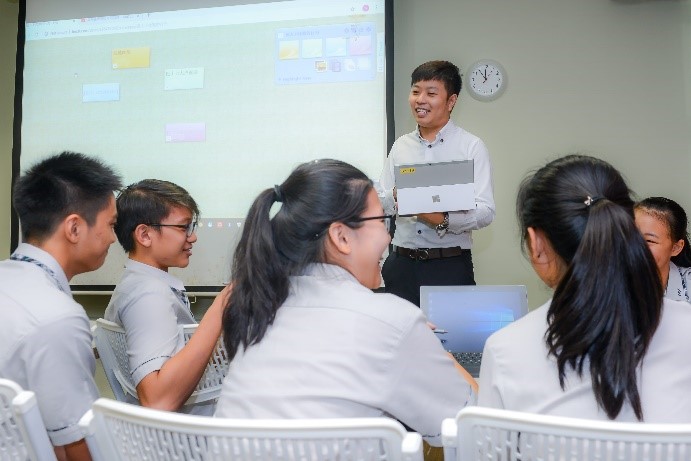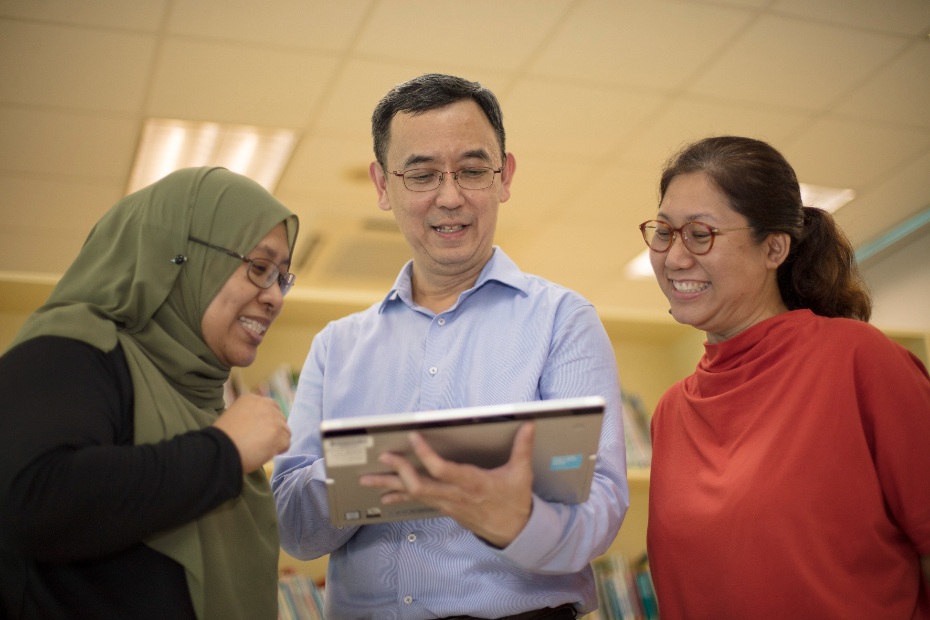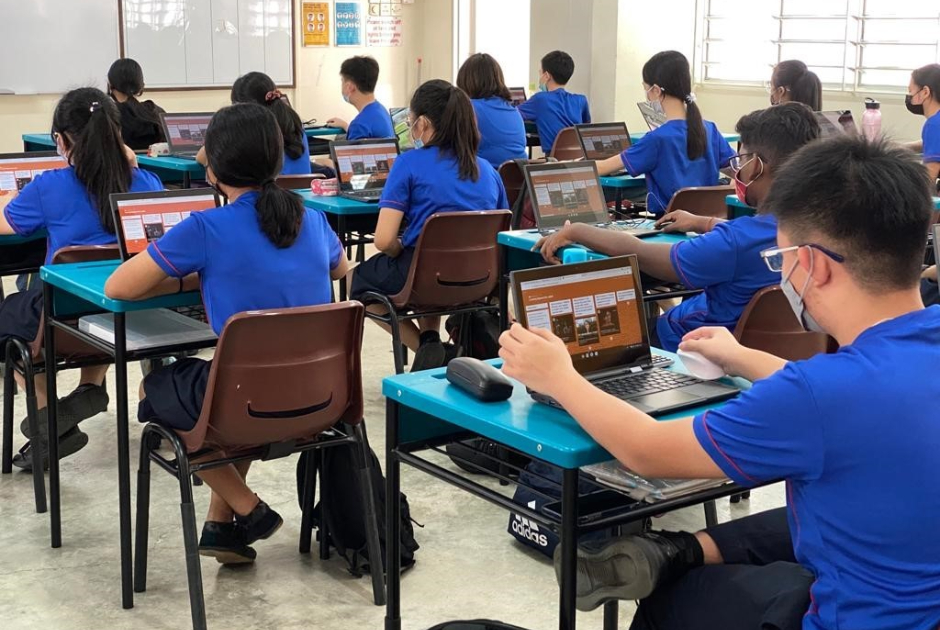Mr See Wei Liang, Clement, Compassvale Secondary School, Outstanding Youth in Education Award 2019 Finalist
The limitations of grades
As a trainee teacher, I remember trying out a simple task with my class: show my students the suggested answers for a Chinese comprehension passage, and get them to grade their own answers with reference to that.
I thought this should be straightforward, but I could not have been more mistaken. After going through the answer for the first question, students came up to me to check the marks for their answer. They were unsure, because their answers did not exactly match the suggested ones.
After I completed my training and began teaching, I made another surprising observation. I found that some students can attain a high grade in a Chinese test, but may struggle to hold a proper conversation in Mandarin, and vice versa. It then dawned on me that grades may not reveal everything about how well a child learns.
I was deeply concerned, because they seemed more fixated on knowing their grade than finding out how they could improve on their answers.
I recalled my own experiences as a student years ago, when I would receive my Chinese composition along with a grade and a remark like ‘Very Good’ written at the bottom. It was encouraging, but it did not help me fully understand my progress in learning.
I became determined to help my students look beyond their grades. I wanted to empower them and ignite their passion for the language.
The power of feedback
I did this through a number of ways. For Chinese oral, I get my students to record themselves on an online platform. I get them to listen to the recordings, and show them how it should be graded. I then leave it to them to do the grading. Should they need additional guidance, they can still send me the link of their recording. I will then give them constructive feedback on their strengths and areas for improvement, as opposed to a grade.
For essay writing, I always make sure I give clear feedback that my students can act on. This is extremely useful for students who may find it more difficult to approach their teachers directly for feedback.
In addition, I do not have to be the only one providing this feedback. Peer feedback is invaluable too. In class, I use online platforms such as Tricider and Linoit to get students to critique one another’s work. This helps both the giver and receiver. In the process of assessing their classmates’ work, students are able to gain new perspectives. They then become more critical when assessing themselves as well.

Mr See leverages feedback to raise intrinsic motivation in his students.
I find that when grades are absent, the risk of failure disappears too. Students’ intrinsic motivation to learn increases as a result. Nevertheless, I understand that some students may struggle more with the language than others. For them, I use video clips of local variety shows and mobile applications like Kahoot! to make the lessons even more accessible and enjoyable.
Over the past few years, I shared my repertoire of strategies at various platforms. I have organised workshops for fellow educators, which I hope were beneficial for them. I have gained immensely through these sharing sessions as well, due to—you guessed it—feedback given to me.
Heads, hearts, and hands
As the Subject Head for Values-in-Action and Learning for Life Programme in Community and Youth Leadership of my school, I firmly believe that the foundation for a holistic education is a strong set of moral values.
With this in mind, I initiated and set up the Community Youth Leaders (CYL) Club as a new CCA in my school this year. It is a dedicated group of youths who are keen to participate in community service and to champion various social causes. It is also a meaningful way to address the various needs within the community and attempt to bring about positive changes. For example, our members regularly engage disadvantaged elderly with activities at a Senior Activity Centre in Compassvale Crescent.
Moving forward, my aim for the CYL Club would be for members to rally their peers from other CCAs to serve at different platforms together. For example, the CYL Club was involved in an initiative to thank the staff at Sengkang Bus Interchange as part of the Singapore Kindness Movement. We seized this opportunity to reach out to and invite members from other CCA groups to join in. It was heartening to see that the response from the other students was very positive.
If we are fixated on getting students to attain their best grades, we would have failed them because they deserve better. Instead, I hope to inspire a younger generation of learners who are passionate and find meaning in living and learning.






